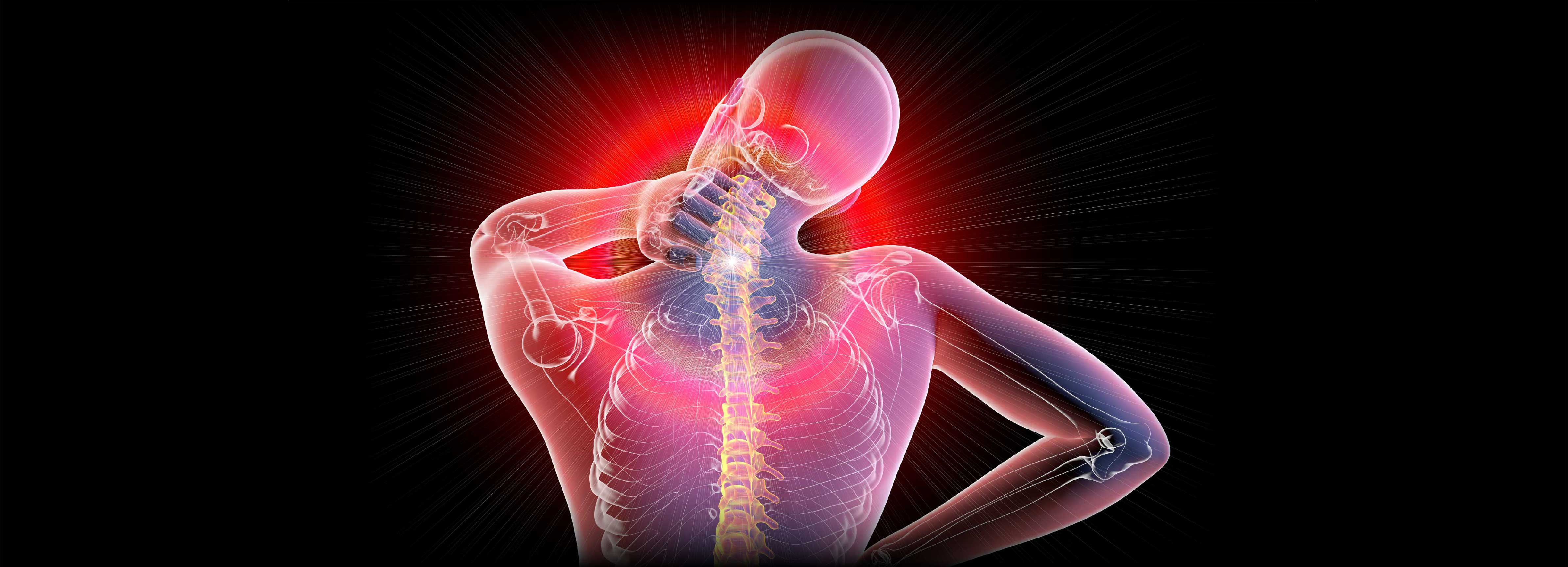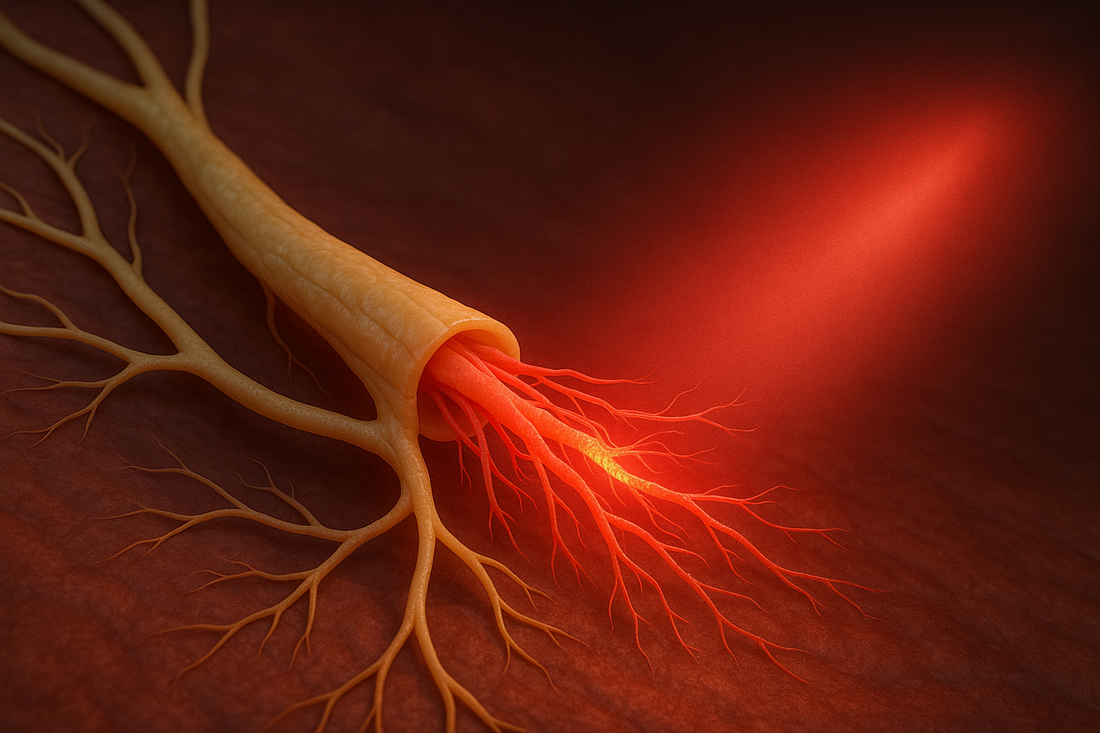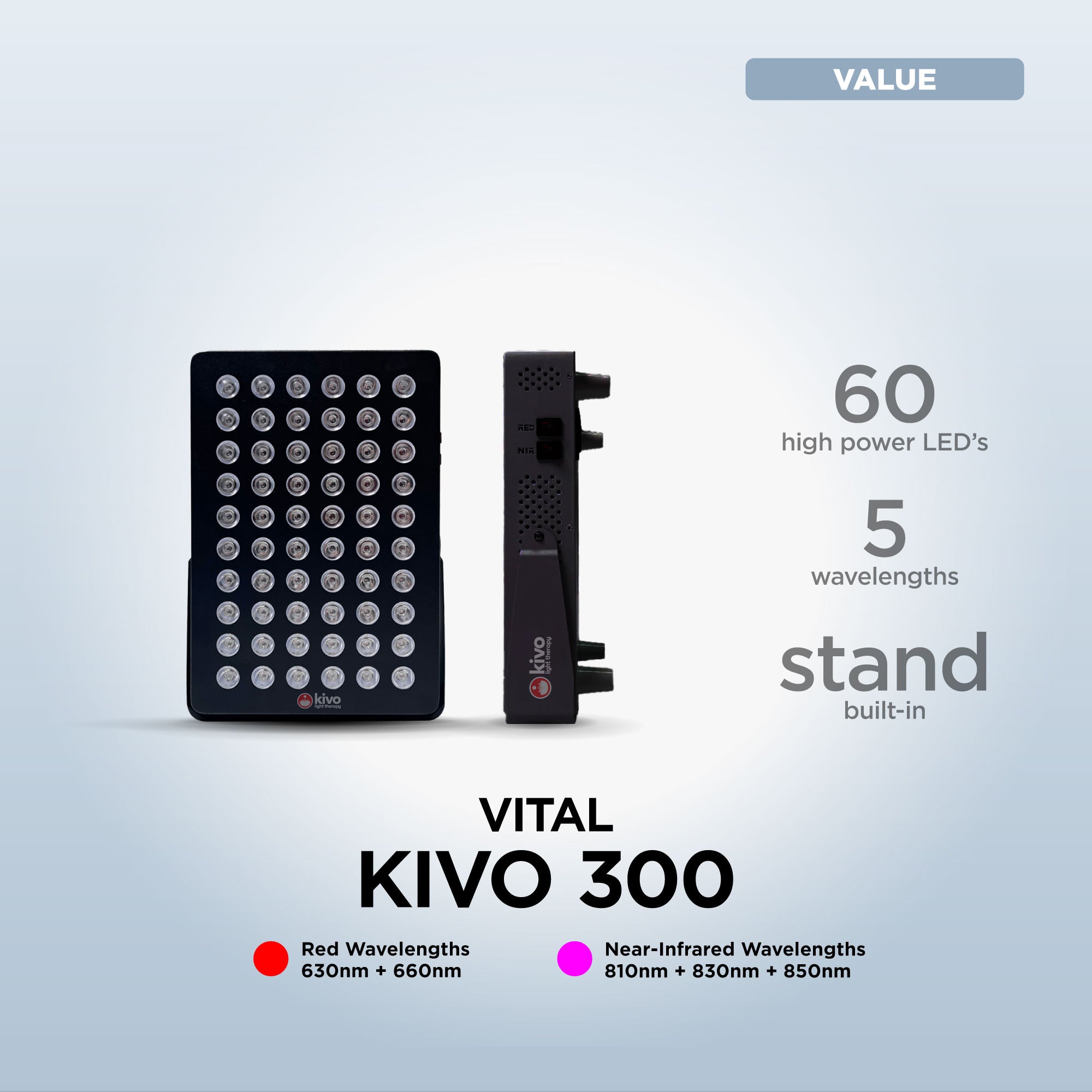Reduced Inflammation
Inflammation plays a pivotal role in the pathogenesis of fibromyalgia, contributing to pain sensitization and other symptoms. Red light therapy has demonstrated anti-inflammatory effects by modulating various inflammatory mediators and pathways. Studies have shown that it can decrease levels of inflammatory markers such as C-reactive protein (CRP) and interleukin-6 (IL-6) [1]. By attenuating inflammation, red light therapy may alleviate pain and improve overall well-being in fibromyalgia patients.
Improved Circulation
Many individuals with fibromyalgia experience impaired blood circulation, which can exacerbate symptoms such as muscle pain and fatigue. Red light therapy has been shown to enhance microcirculation and blood flow, promoting tissue oxygenation and nutrient delivery [2]. Improved circulation can facilitate the removal of metabolic waste products and toxins, leading to reduced pain and enhanced tissue healing.
Modulation of Pain Perception
Red light therapy may influence pain perception by affecting neurotransmitter levels and signaling pathways involved in nociception. Research suggests that it can modulate the release of neurotransmitters such as serotonin and endorphins, which play key roles in pain modulation and mood regulation [3]. By altering pain signaling mechanisms, red light therapy may help mitigate the intensity and perception of pain experienced by fibromyalgia patients.
Stimulation of Cellular Function
At the cellular level, red light therapy stimulates mitochondria, the energy-producing organelles within cells, to increase adenosine triphosphate (ATP) production. This boost in ATP synthesis enhances cellular metabolism and function, facilitating tissue repair and regeneration [4]. By promoting cellular vitality, red light therapy may support the overall health and resilience of tissues affected by fibromyalgia.
Non-Invasive and Well-Tolerated
One of the notable advantages of red light therapy is its non-invasive nature and minimal risk of adverse effects. Unlike pharmacological interventions or surgical procedures, red light therapy poses little to no risk of complications and is generally well-tolerated by patients [5]. This makes it a safe and accessible treatment option for individuals with fibromyalgia seeking symptom relief and improved quality of life.
Sources:
- Barolet, D., Roberge, C.J., Auger, F.A., Boucher, A., and Germain, L. (2009). Regulation of skin collagen metabolism in vitro using a pulsed 660 nm LED light source: clinical correlation with a single-blinded study. Journal of Investigative Dermatology, 129(12), 2751–2759.
- Leal Junior, E.C., Lopes-Martins, R.A., Frigo, L., De Marchi, T., Rossi, R.P., and De Godoi, V. (2010). Effects of low-level laser therapy (LLLT) in the development of exercise-induced skeletal muscle fatigue and changes in biochemical markers related to postexercise recovery. Journal of Orthopaedic & Sports Physical Therapy, 40(8), 524–532.
- Chow, R.T., Johnson, M.I., Lopes-Martins, R.A., and Bjordal, J.M. (2009). Efficacy of low-level laser therapy in the management of neck pain: a systematic review and meta-analysis of randomised placebo or active-treatment controlled trials. Lancet, 374(9705), 1897–1908.
- Karu, T. (1999). Primary and secondary mechanisms of action of visible to near-IR radiation on cells. Journal of Photochemistry and Photobiology B: Biology, 49(1), 1–17.
- Ferraresi, C., Kaippert, B., Avci, P., Huang, Y.Y., and Hamblin, M.R. (2015). Low-level laser (light) therapy (LLLT) on muscle tissue: performance, fatigue and repair benefited by the power of light. Photonics & Lasers in Medicine, 4(1), 19–42.





